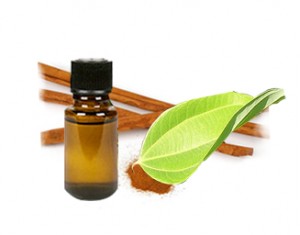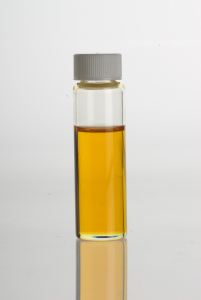 Close your eyes for a few moments and try to recall:
Close your eyes for a few moments and try to recall:
- The perfume of a garden-grown rose.
- The pungent aroma of a leaf of fresh, crushed mint.
- The scent of a citrus tree in full bloom.
In those few moments, could you smell the perfume of the rose, the aroma of the crushed leaf, or the sweet scent of blooming citrus?
 The compounds found in bark, seeds, stems, flowers, roots, and other parts of plants produce the natural aromatics called essential (or aromatic) oils.
The compounds found in bark, seeds, stems, flowers, roots, and other parts of plants produce the natural aromatics called essential (or aromatic) oils.
Technically speaking, essential oils are non-water based phytochemicals that occur naturally in plants. And although these chemicals are fat soluble, they don’t contain the fatty acids and lipids found in animal and vegetable oils. Rub one or two drops of an essential oil between your fingertips. You will feel very little (if any) oiliness on your skin and the drops will rapidly be absorbed into your skin.
Another point to note about essential oils is their color. Most are clear although a few (including lemongrass, patchouli, and orange) produce an amber or yellow color.
The term “essential oil” goes back to the ancient times of Aristotle, when healers and philosophers believed that everything was composed of four primary elements – earth, air, fire, and water, and a fifth element – known as the “quintessence” – that was the spirit or life force. The process of distillation and evaporation removed the “essence” (or spirit) from the plant, thereby yielding “quintessential oil.”

